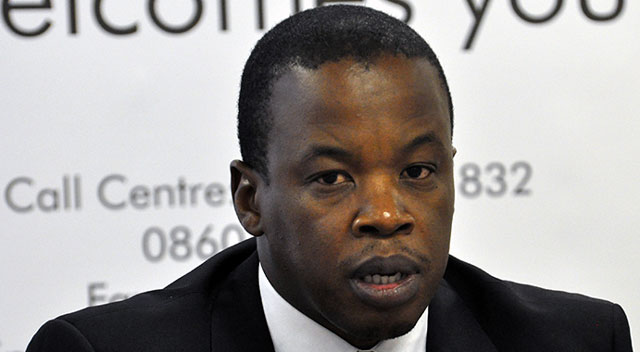
The Independent Communications Authority of South Africa (Icasa) has given the go-ahead to Sentech, the state-owned company responsible for building the country’s digital television broadcasting network, to run a pilot this year of a new technology “profile”, called DVB-T2-Lite, for delivering TV broadcasts to mobile devices.
South Africa currently has only one commercial mobile television broadcaster, MultiChoice, whose DStv Mobile service uses a technology called DVB-H. Another pilot, led by Mothobi Mutloatse’s Mobile TV consortium, is being conducted using yet another standard, Korea’s DMB.
Both DVB-H and DMB require the construction of a broadcasting network separate to the DVB-T2 system Sentech is rolling out for households to receive digital signals when South Africa switches off analogue broadcasts in the next couple of years. The advantage of DVB-T2-Lite, says Sentech CEO Setumo Mohapi, is that it uses the same network, so there’s no need to build separate transmitters, and even makes use of the same radio frequency spectrum.
Mohapi says this has clear advantages over other technologies since there’s no need to build additional transmission infrastructure. “Everything about it is DVB-T2,” says Mohapi. “You don’t have to have a different channel.”
Advocates of the technology say it also allows for much smaller, lighter and less power hungry silicon chips to be embedded as receivers into devices such as tablet computers and smartphones. DVB-T2-Lite has a maximum bitrate of 4Mbit/s.
According to the DVB Project, which oversees development of the DVB technical standards, T2-Lite is based on a “limited subset of the modes of the T2 base profile, and by avoiding modes which require the most complexity and memory, allows much more efficient receiver designs to be used”.
Icasa granted Sentech permission to conduct the tests last week. They run throughout 2013. “We won’t rush into making a decision. We need to see what broadcasters’ appetite and interest is.”
Meanwhile, Sentech says it is making good progress with the roll-out of the digital terrestrial television network, which now covers just over 80% of South Africa’s population. By March 2014, it expects to complete the project when it reaches 88% population coverage. The remaining 12% will receive SABC channels via direct-to-home satellite. — (c) 2013 NewsCentral Media

